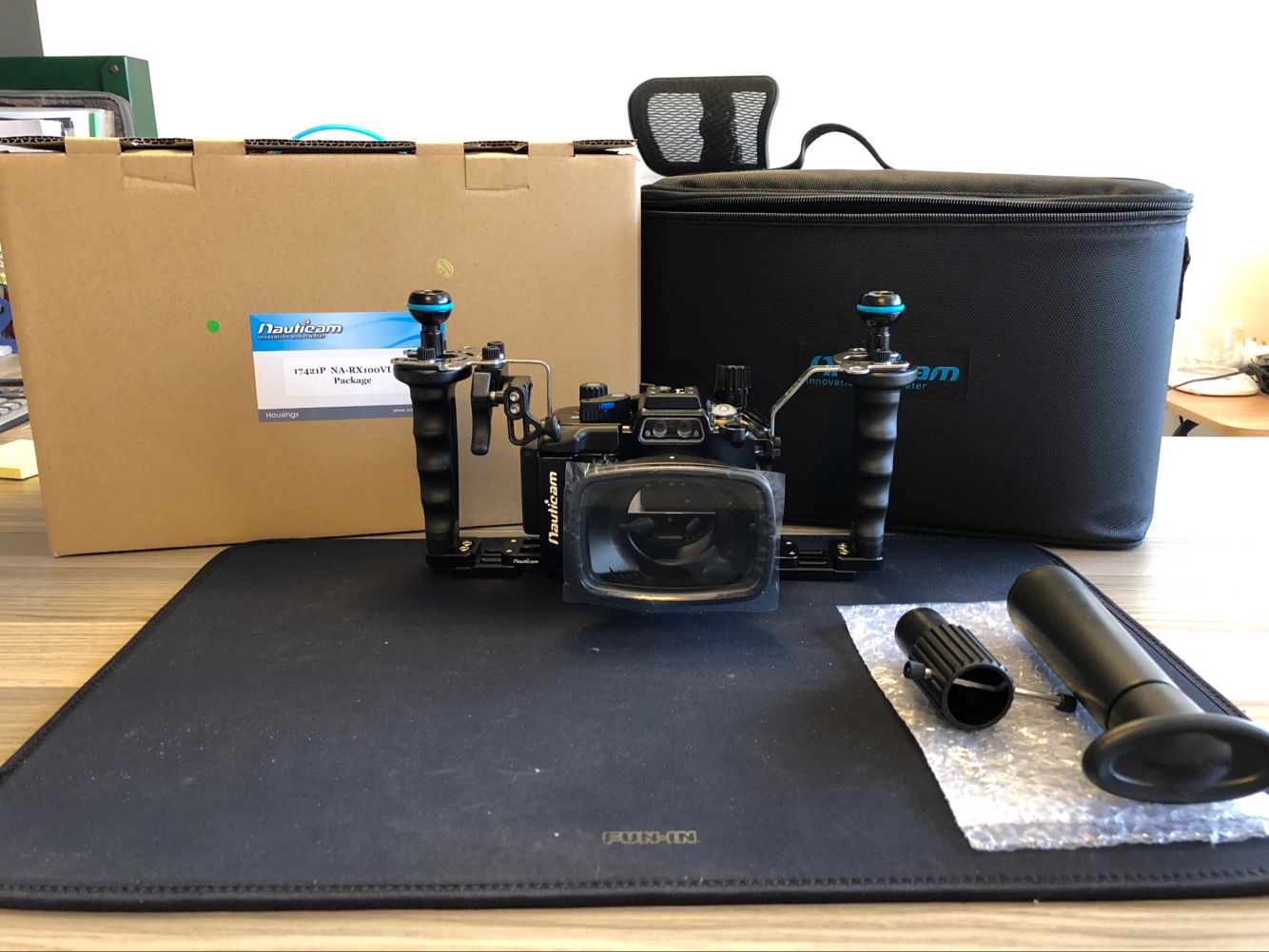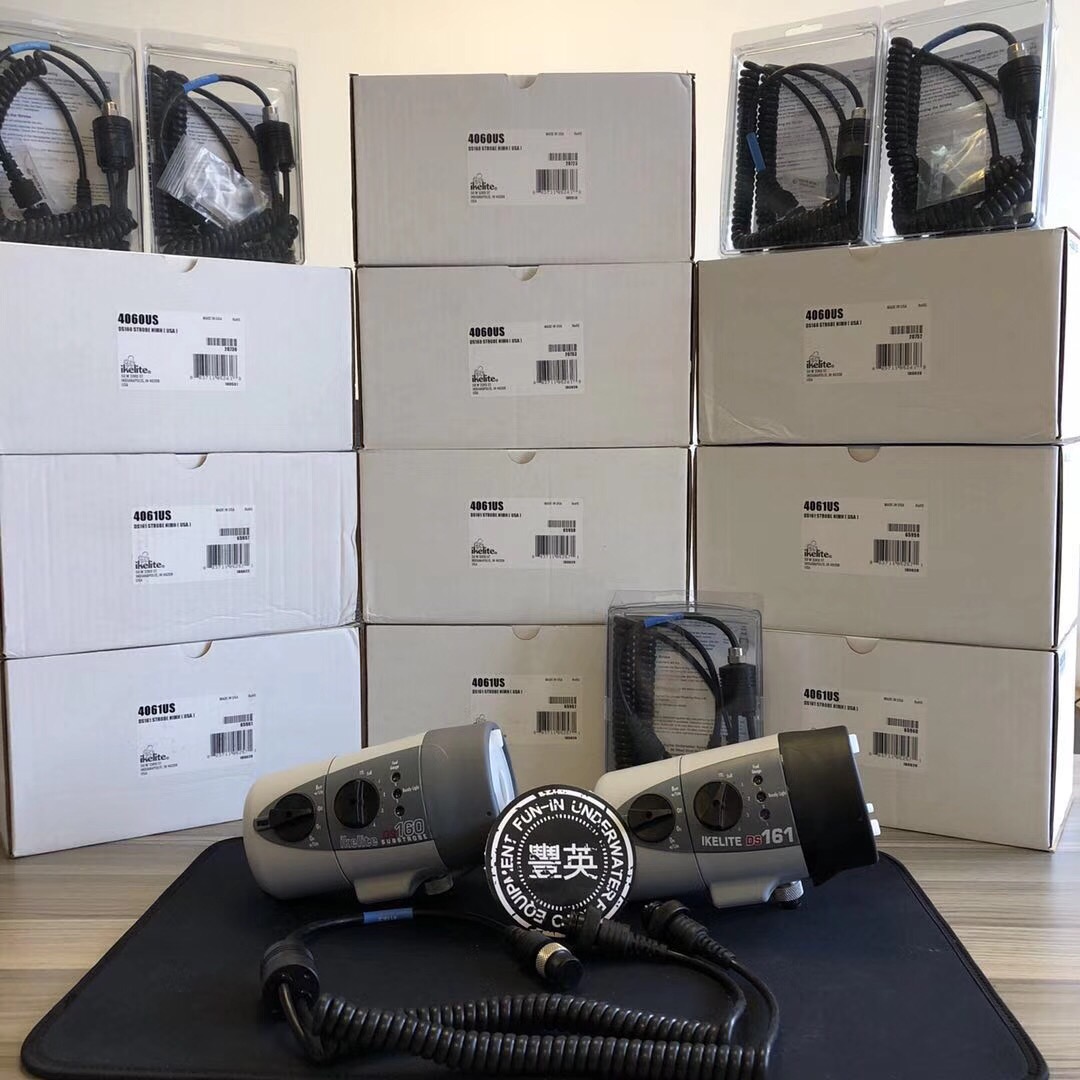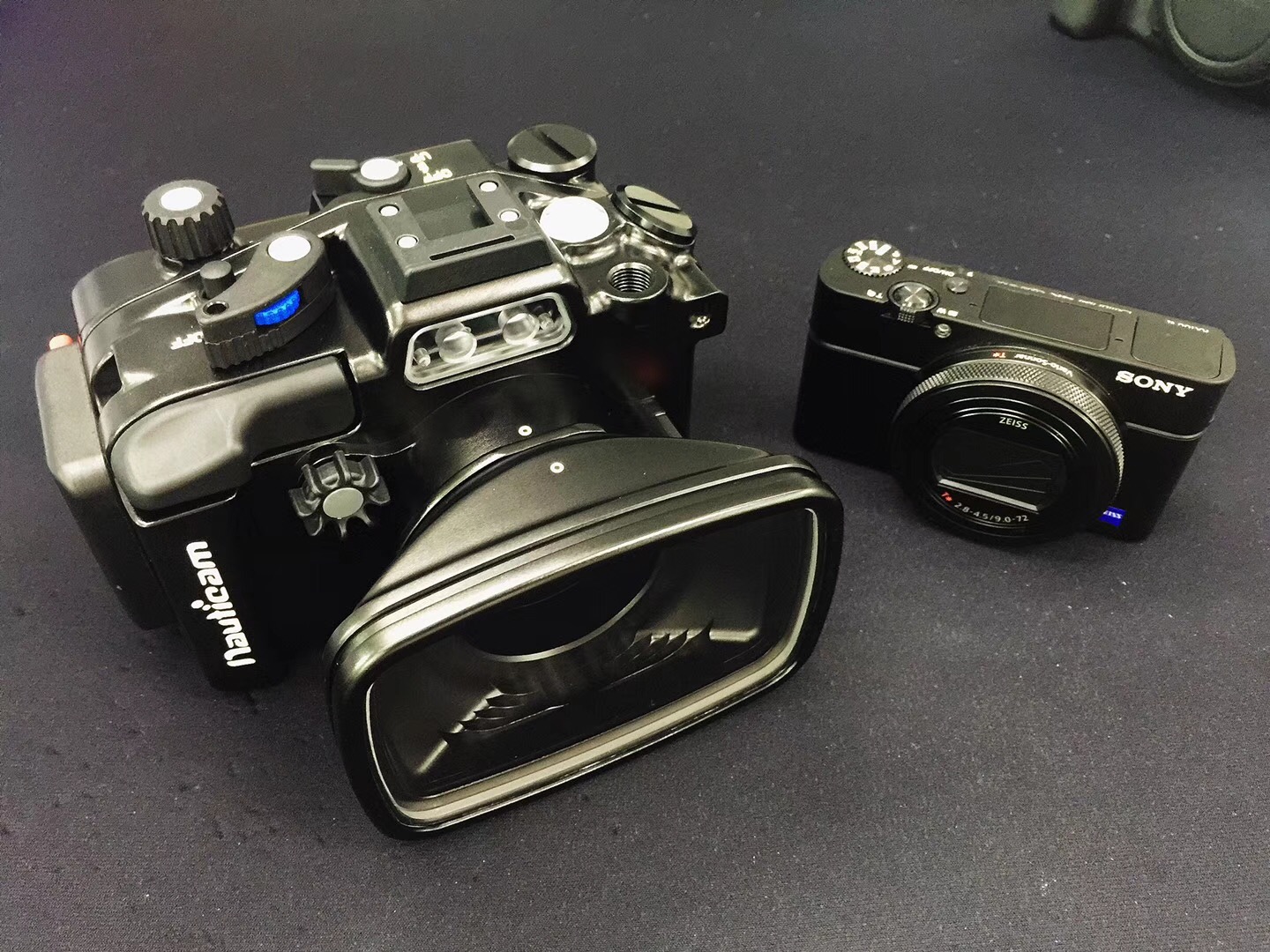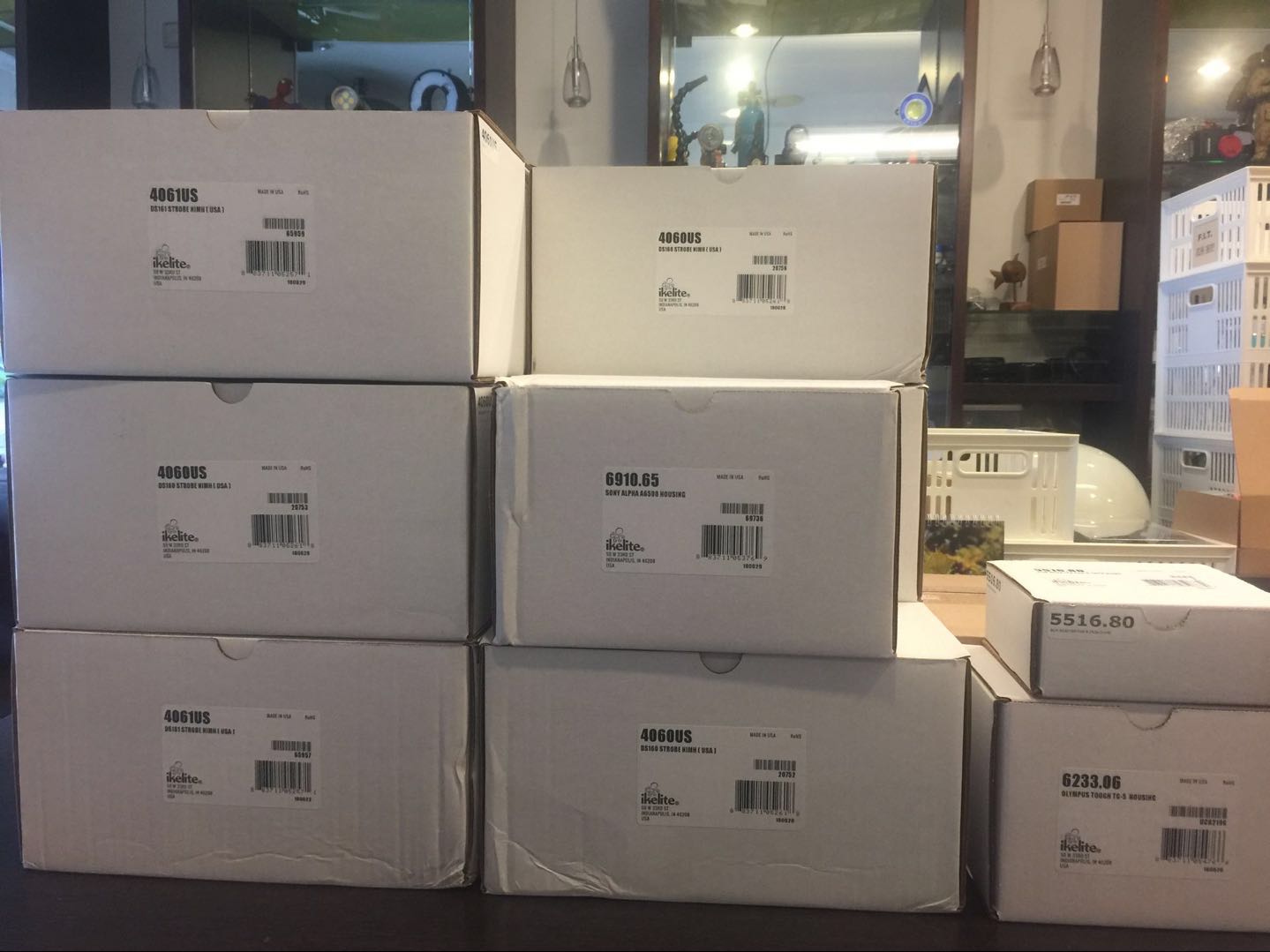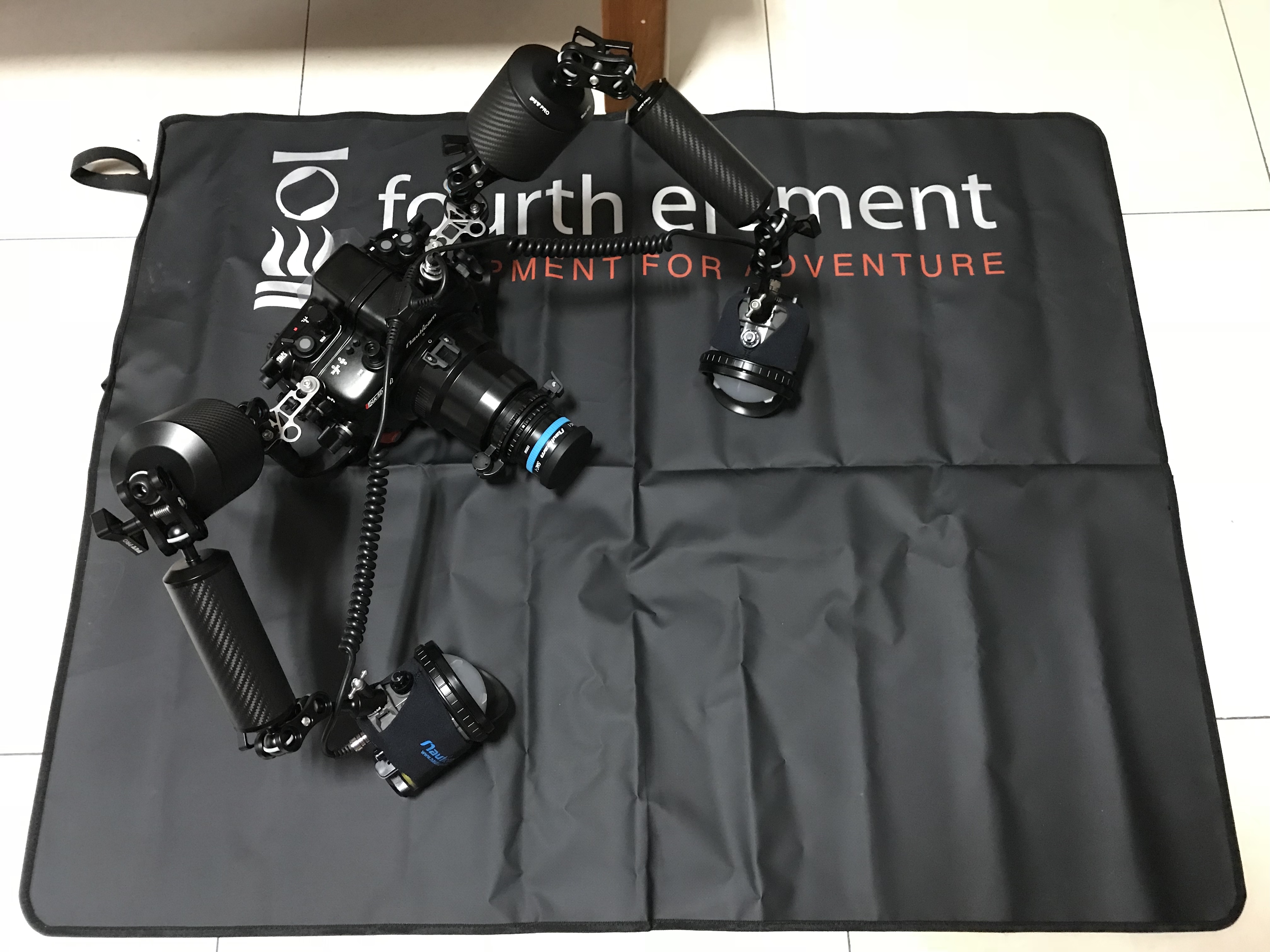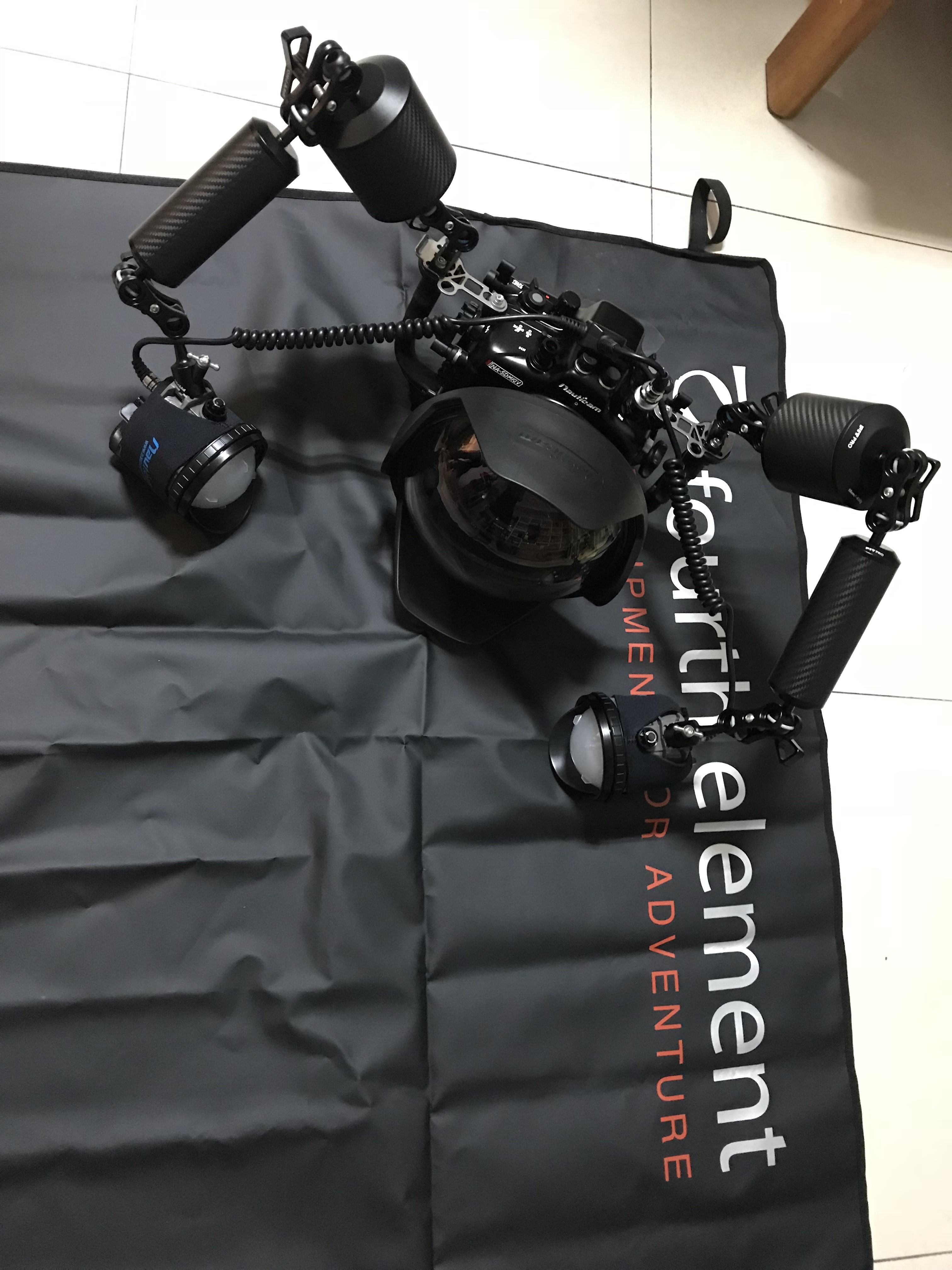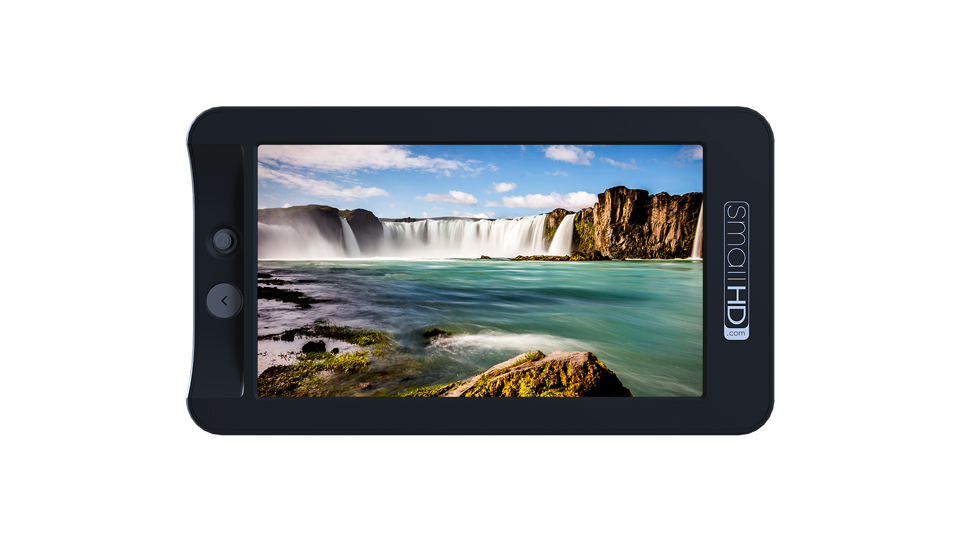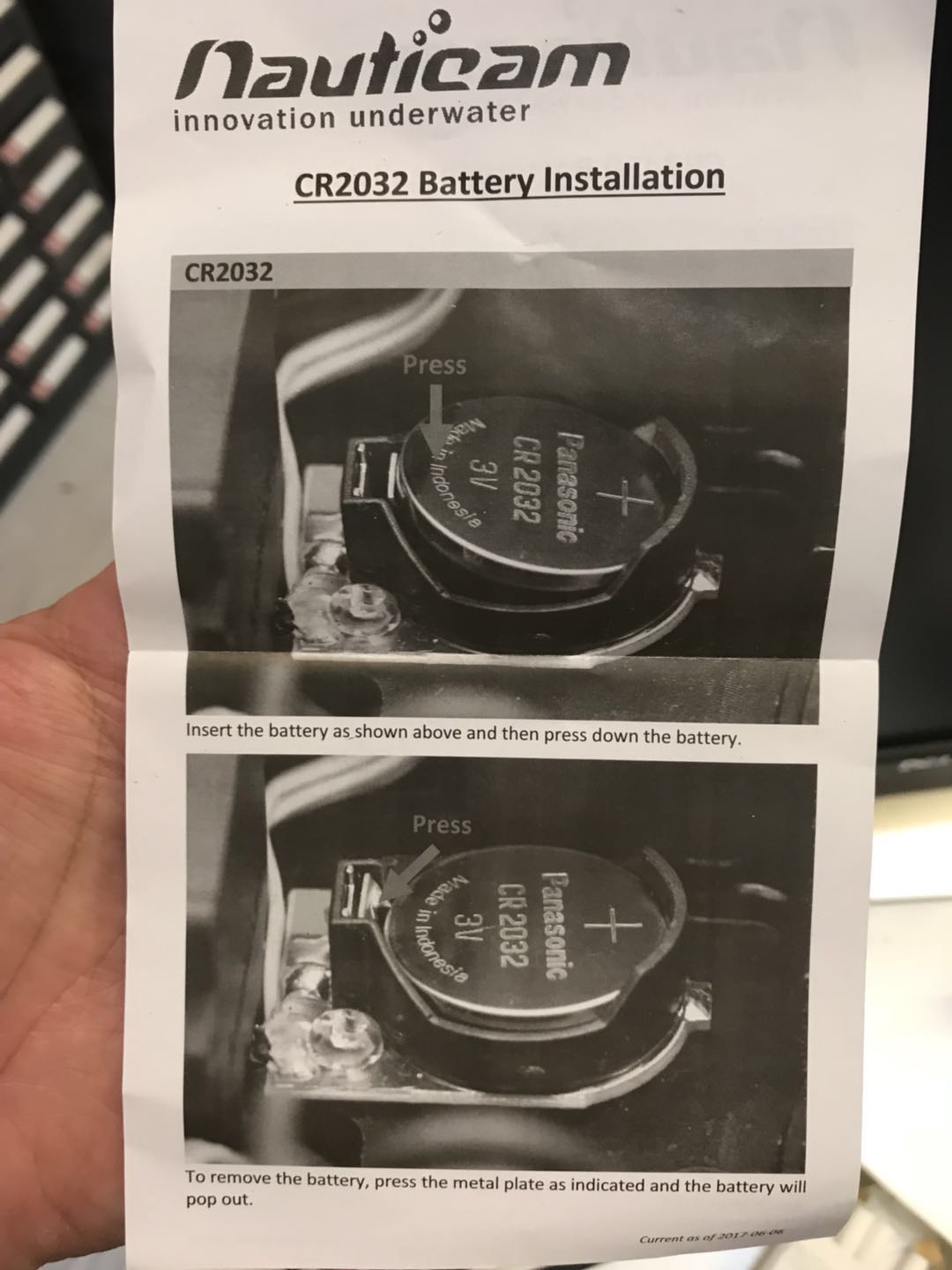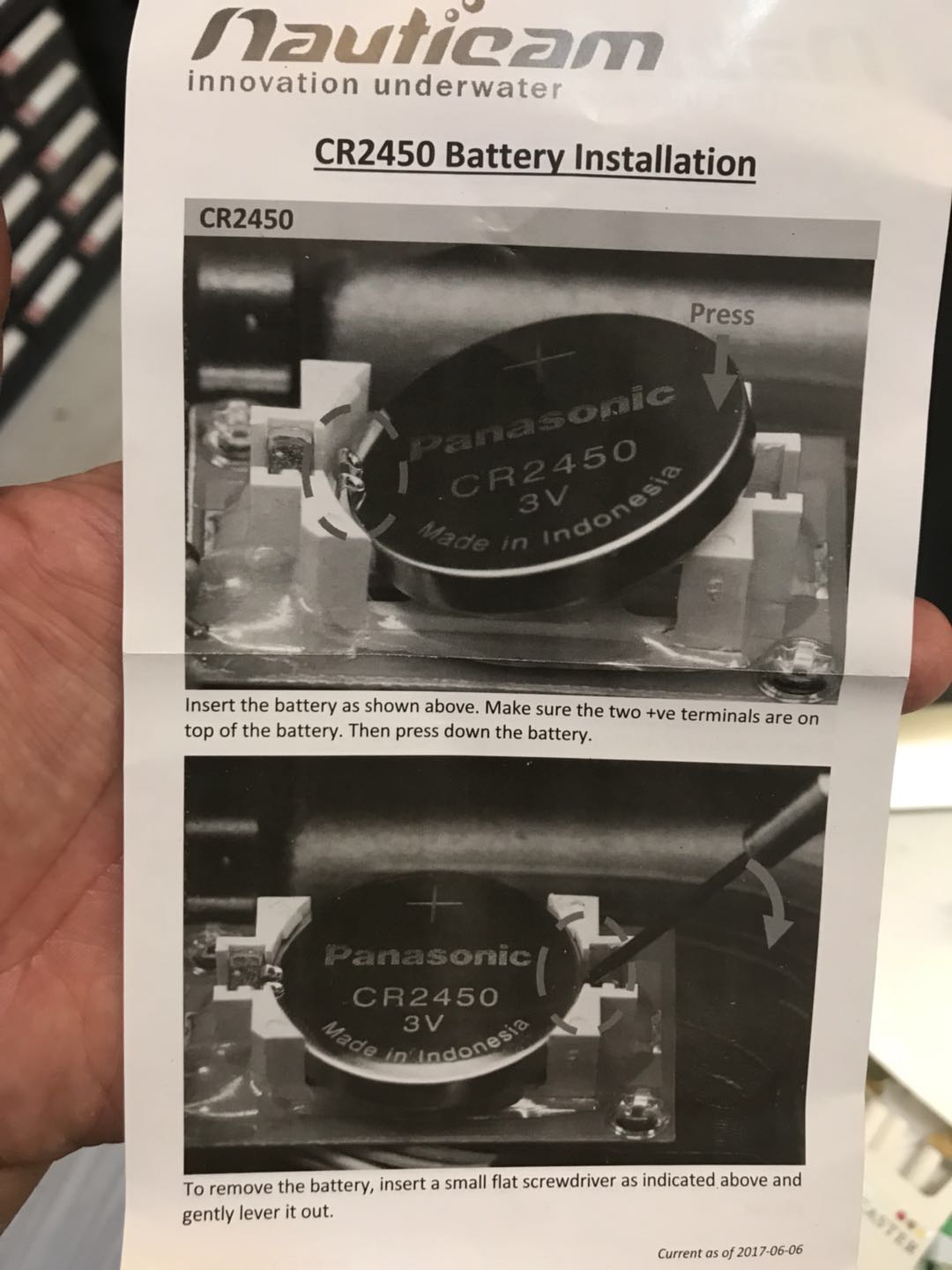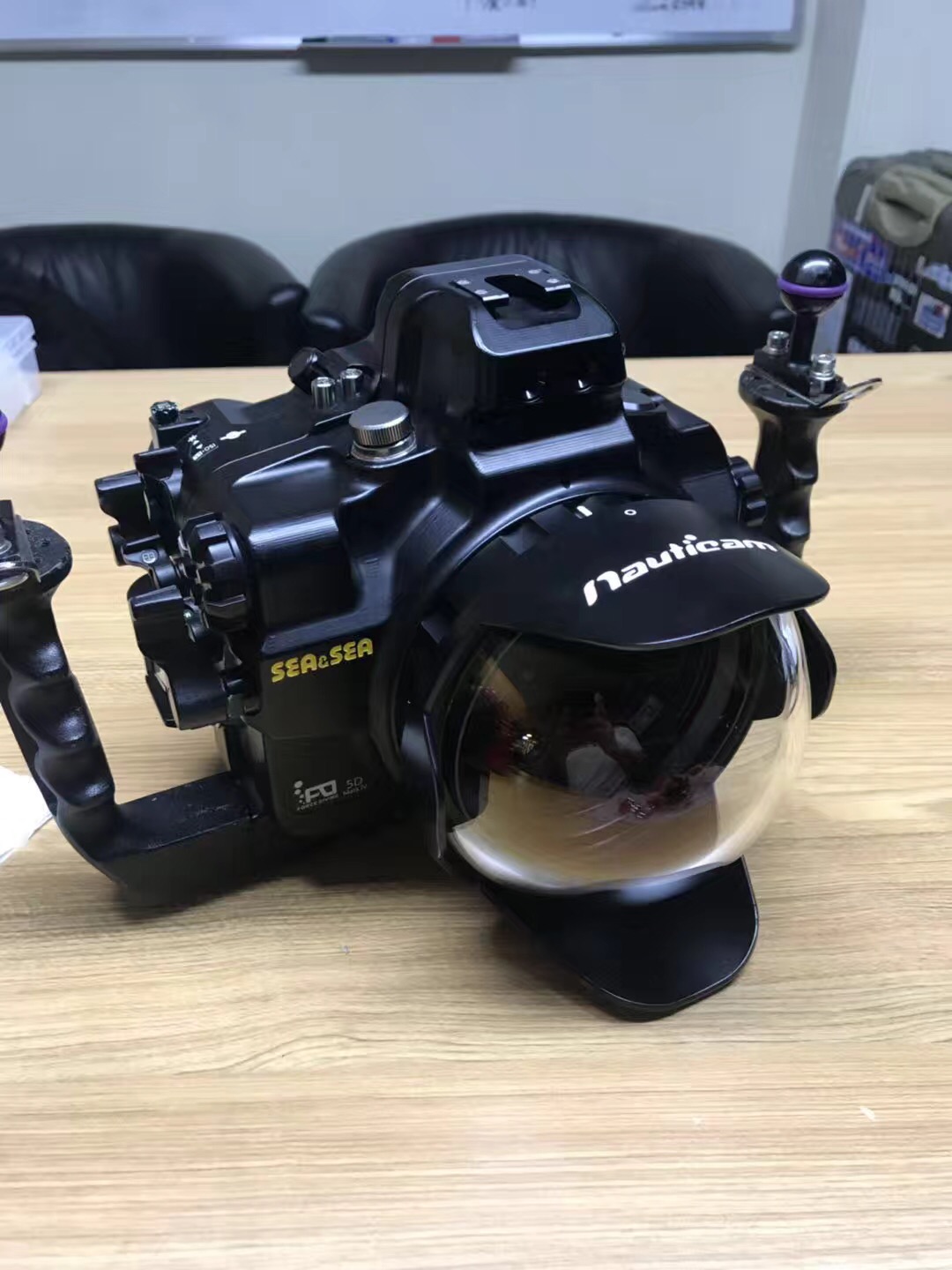海生無脊椎和陸生無脊椎動物在生活史的很大區別在於,海生通常是利用小時候當個浮游生物散播出去,長大後定居下來,陸生則是相反,像昆蟲往往是小時候定居狂吃當個肥宅,甚至專門吃某種特定食物,瘋狂吃瘋狂長胖,然後長大後出去飄泊繁殖。但蜘蛛就是一個反例,蜘蛛反而是小時候會利用風力散播,長大後定居下來結網,夏綠蒂的網就有這一段關於蜘蛛卵孵化後小蜘蛛散播的描述。
摘自夏綠蒂的網:
A warm draft of rising air blew softly through the barn cellar.
The air smelled of the damp earth, of the spruce woods, of the sweet springtime.
The baby spiders felt the warm updraft.
One spider climbed to the top of the fence.
Then it did something that came as a great surprise to Wilbur.
The spider stood on its head, pointed its spinnerets in the air, and let loose a cloud of fine silk.
The silk formed a balloon.
As Wilbur watched, the spider let go of the fence and rose into the air.
“Good-bye!” it said, as it sailed through the doorway.
“Wait a minute!” screamed Wilbur. “Where do you think you’re going?”
But the spider was already out of sight… The air was soon filled with tiny balloons, each balloon carrying a spider.
Wilbur was frantic. Charlotte’s babies were disappearing at a great rate.
海生往往是調整變態的時間點,當環境不利於進行下一階段的變態,就可能會延緩發育,等到有利的環境因子刺激後,才會變態到下一階段。
(繁殖海洋生物需要知道刺激幼生變態需要的環境因子和不同階段需要吃的食物)
陸生則常用休眠期來調整,例如海綿的 gemmules、甲殼類&輪蟲的休眠卵(例如:豐年蝦卵)、苔蘚蟲的 Statoblast,輪蟲、水熊和許多原生動物則會進入所謂的隱生階段以度過乾旱期。

